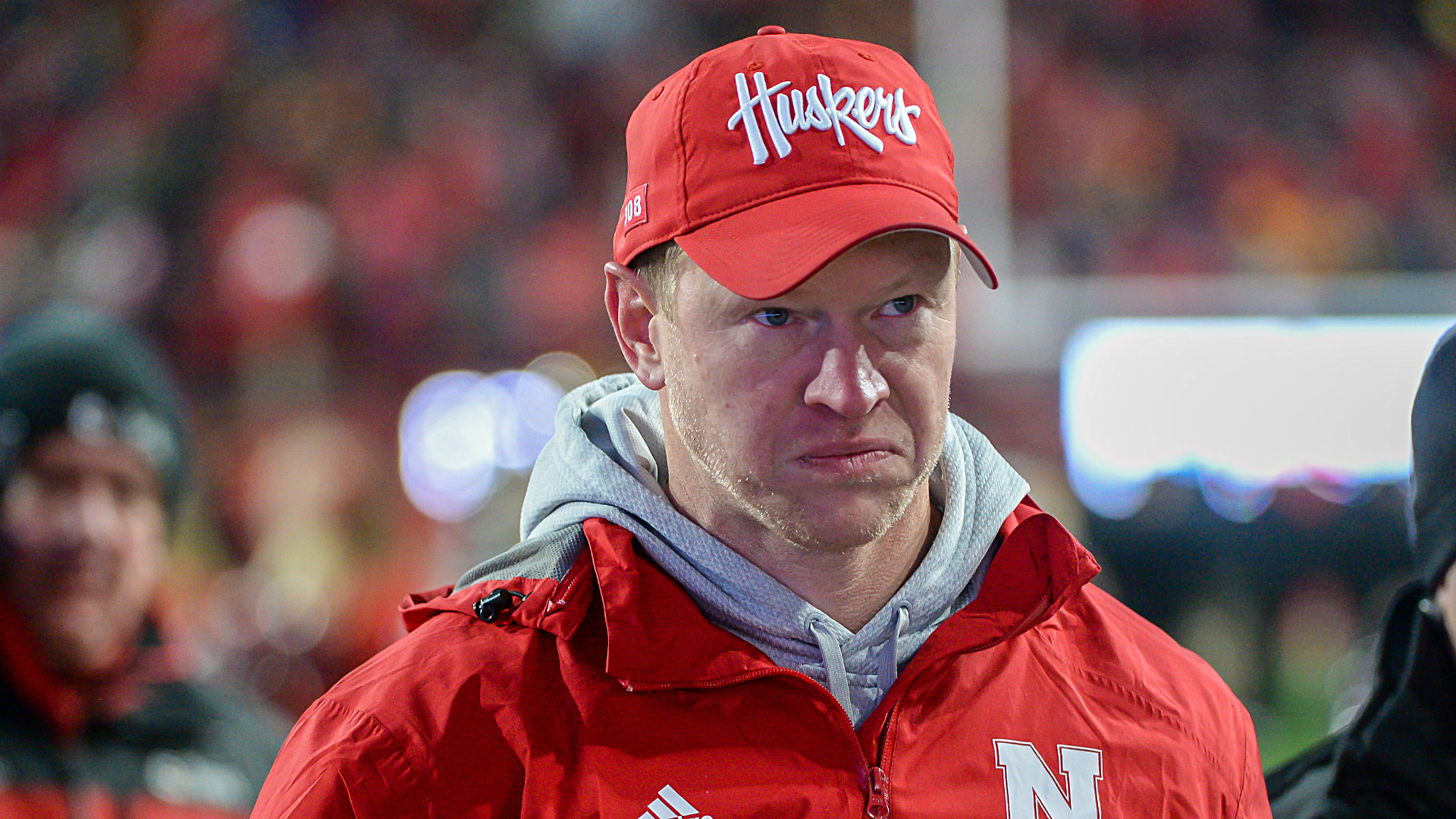To parse out just how and when each of the types of fatigue arises, the study researchers at the University of Birmingham and University of Oxford measured peoples’ willingness to work over time using a physical grip task. The 36 study participants were repeatedly given the option to either squeeze a device as hard as they could (with some amount of money awarded for each squeeze) or take a rest break.
“The idea behind the task was to put people in this decision mindset between either working or resting,” says cognitive neuroscientist Matthew Apps, PhD, a lead researcher on the study alongside experimental psychology PhD candidate Tanja Müller. “In everyday life, this would translate to either solving a problem or answering an email at work, or just sitting back and doing nothing for the same amount of time.”
They found that everyone got more fatigued (aka lacked more motivation to work) each time they opted to squeeze the device. But, after taking a rest break for a few trials (equating to a few seconds of sitting there instead of squeezing), people were able to bounce back and start exerting effort again—though they still maintained a degree of fatigue that built up throughout the study, demonstrated by lower effort levels over time for the same reward.
“One way to think of it is that people needed to be offered more money credits to do the same amount of work at the end of the study as they did at the beginning.” —Matthew Apps, PhD
With these differences in mind, the researchers identified two types of fatigue: one that was recoverable in the moment with rest and another that was generally cumulative over the course of the day. “One way to think of it is that people needed to be offered more money credits to do the same amount of work at the end of the study as they did at the beginning because at that point, they were more fatigued, with rest taking on a higher value than work,” says Dr. Apps. And that’s the same reason you might feel less of a drive to put in effort at 5p.m. than you did at 11 a.m., even if the task is the same and you’ve taken mini breaks to re-focus.
Here’s how to identify and handle both types of fatigue:
What recoverable fatigue looks like
“Some people in the study got fatigued rapidly, opting for rest breaks earlier in the trial, but then bounced back quickly while others chose to work for many sessions in a row, and then needed longer periods of recovery,” Dr. Apps says. This points to someone who is experiencing recoverable fatigue, because after a break, more effort can be exerted.
So, if you’re someone who tires quickly, and is, thus, prone to recoverable fatigue, consider breaking up your day into smaller chunks with more, short restorative moments sprinkled throughout, suggests Dr. Apps.
To keep recoverable fatigue at bay, make sure that during whatever breaks you do add into your day, you’re switching over to a task that requires no significant brain or physical effort—that is, don’t just scroll through phone notifications, which can demand you energy the same way as work can, says Dr. Apps. “Going and making a coffee, getting a snack, taking a short walk, or even having a conversation with someone are all options for recovering that first type of fatigue,” he adds.
What unrecoverable fatigue looks like
If you’re someone who can concentrate for a long stretch, but then needs an extended break, you may be prone to unrecoverable fatigue. In this case, try organizing your workday around one lengthier period of recovery instead—perhaps an hour-long lunch break or afternoon walk.
But—as you might guess based on its name alone—the unrecoverable type of fatigue can be more tricky to manage as it occurs. Generally, the minimum of a full night’s sleep is necessary, but if you’re sensing that depletion as the day goes on and need to keep exerting effort to meet a looming deadline or otherwise, try setting up a larger reward for yourself for completing said effort. In the study, for example, the researchers found that increasing the value of money credits offered also upped participants’ willingness to work, even when they had developed this unrecoverable type of fatigue.
“This is a bit like a finish line,” says Dr. Apps. “You tend to see that in marathon runners, they get slower and slower as the race goes on, but then when they can see the finish line, they sprint. The increasing visibility of the reward helps kick in motivation—so, if you’re given enough incentive, you can often do things that you previously thought you were too tired to do.”
In the same way, when an end-of-the-day bonus looms near—whether it’s planning to order a nice dinner or watch your favorite TV show or anything else— it can potentially work wonders on your motivation whenever that everyday fatigue rears its head.
Oh hi! You look like someone who loves free workouts, discounts for cutting-edge wellness brands, and exclusive Well+Good content. Sign up for Well+, our online community of wellness insiders, and unlock your rewards instantly.
Source link































